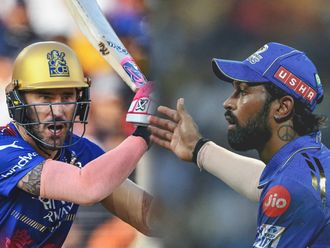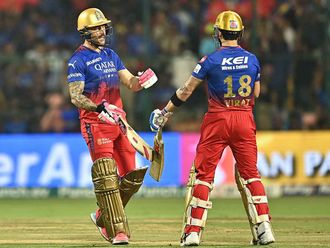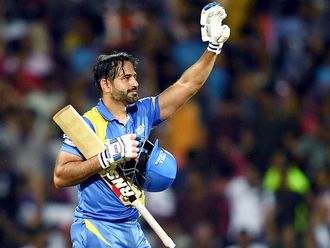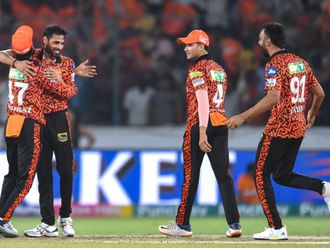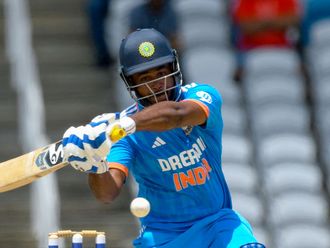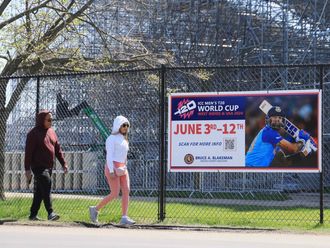Abu Dhabi: The Indian Premier League has had a roller-coaster ride since over the seven years since its inception.
However, the past two years has seen the BCCI's cash cow sink to a new low after the spot-fixing scandal that hit the sport in 2013 and ended up claiming two big franchises.
A court committee also cracked down on how the competition is administrated.
The BCCI is facing an identity crisis with an overhaul of the IPL being the need of the hour.
The BCCI has, historically, swept things under the carpet by taking refuge in the fact that public memory is short. Cricket is a religion in India and the players are idols and often pardoned immediately for their errant acts.
The passion for the sport means people can immediately gun for you after an odd failure like India’s highly decorated captain Mahendra Singh Dhoni witnessed in the ongoing South Africa series. The master finisher failed in the first game and the fans said he was over the hill.
No wonder when Dhoni, who won the second game single-handedly, said: “A lot of people wait for me with open swords.”
But the crisis engulfing BCCI is for real. The board was forced to act on Justice R M Lodha's recommendation of suspending the two teams — Chennai Super Kings and Rajasthan Royals — for two years.
One indicator to public perception and how the brand value of IPL has been affected was with title sponsor Pepsi pulling out. However, it has very little impact on BCCI and IPL as they shrewdly went and struck a deal with lesser-known mobile company Vivo — trying to make inroads into the Indian market.
Vivo will pay the same amount Pepsi was paying to sponsor the IPL — Rs792 million (Dh44.7m) per year. It is clear that there are still takers for a share of the pie that cricket in India offers.
Even by 2014 estimates, a year after the match-fixing crisis broke, the brand value of the league as a whole was $7.2 billion. It was still among the top 10 most valuable brands in the world competing against the established Barclays Premier League and the NBA.
As per Gulf News source, following the current television market trends, the renewed IPL bidding in 2018 rights could start anywhere from $2.5 billion. There is still a lot of interest among broadcasters: the television deal with one of them providing the major source of income for the BCCI. Star Sports is already aggressively pursuing an agenda to dominate all sport programming in India.
Another positive sign is the way the BCCI mandarins starting from the top level have tried to work on measures even if it was reluctantly. The biggest bugbear was tackling former ICC Chairman and BCCI president N. Srinivasan — the goliath-like proposition. Not only did the fault lines lie at Srinivasan’s door, the business typhoon was equally culpable in the conflict of interest issue with CSK that justice Lodha was highly critical of.
It took a top secret-like covert operation to unseat him from the throne. It would have been still a job half done, but the appointment of Shashank Manohar was astute. The man with the most creditable image among the contenders got the job and the recent developments are positive signs coming from his office.
Manohar is sparing no one — from office bearers to Dhoni, to team officials like Ravi Shastri and selectors over the conflict of interest issues. All these measures will raise the level of transparency, something that was lacking at the BCCI.
Considering all these aspects, there is no reason to believe that the lucrative Indian Premier League will not only stay afloat with ease, the popularity of the slam bang cricket will continue to be on an upward swing.


